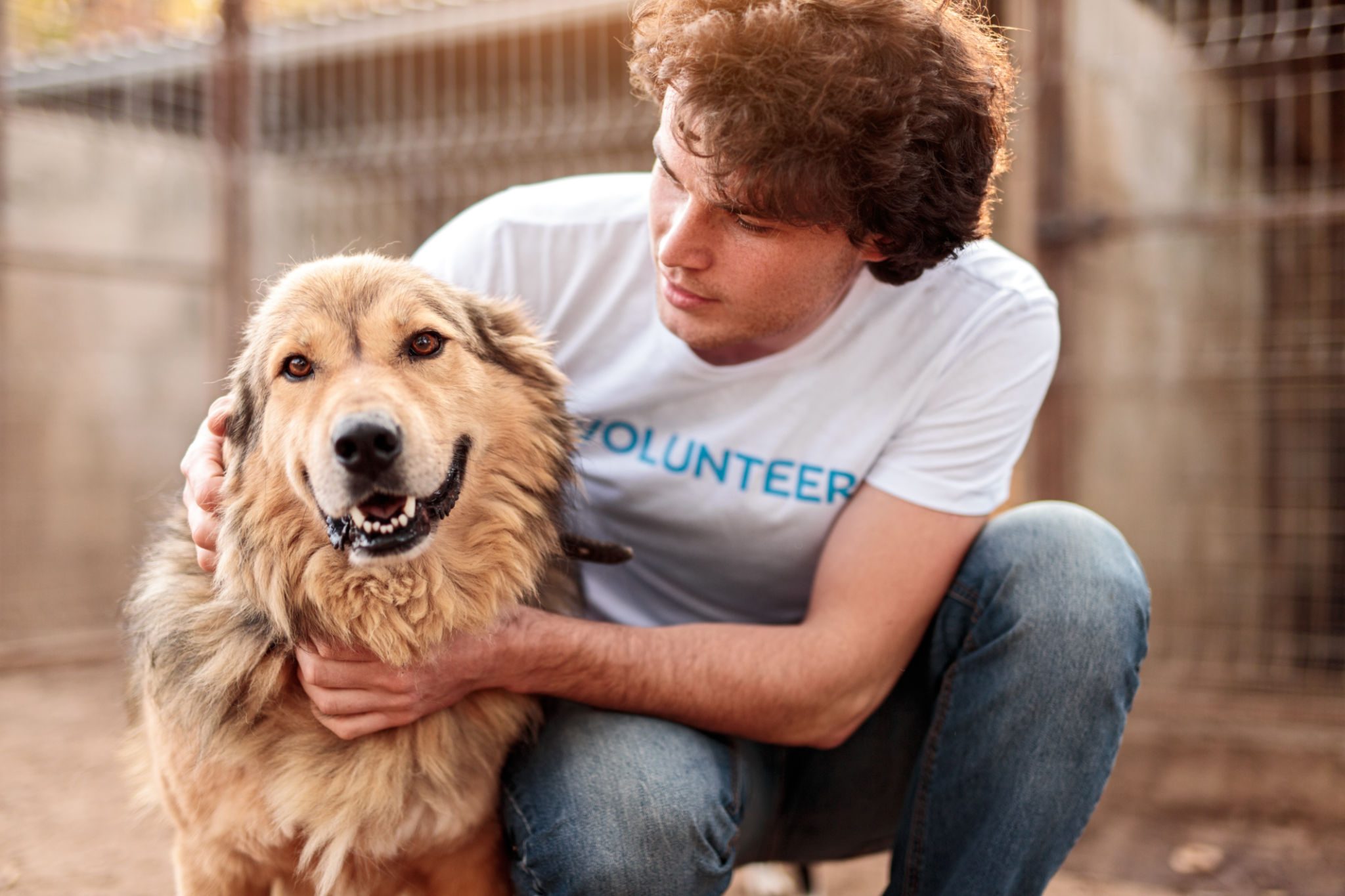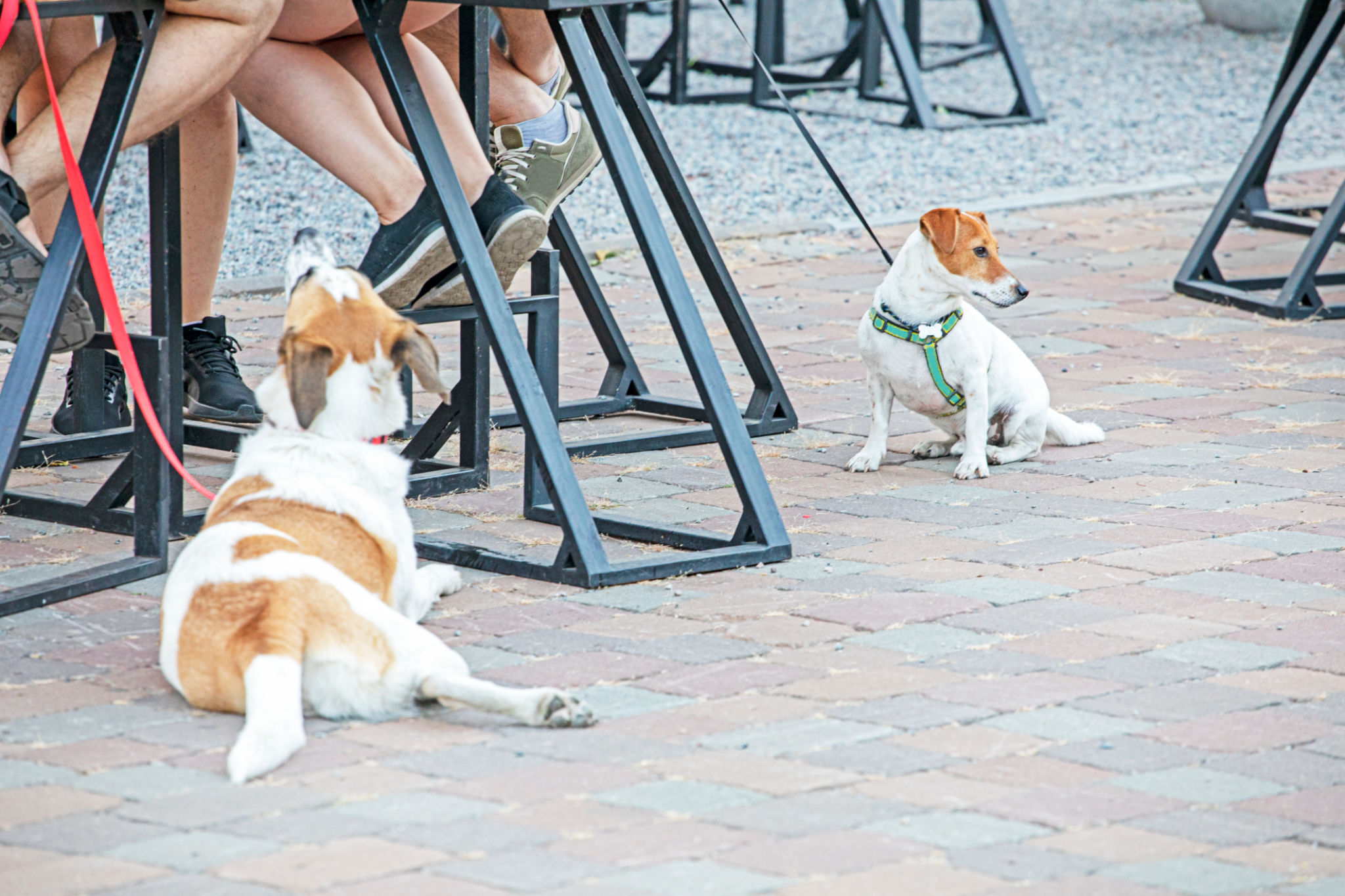The Ultimate Guide to Home Protection Dog Training: What You Need to Know
Understanding the Role of a Protection Dog
Protection dogs are trained to guard their home and family while remaining calm and obedient. These dogs are not just pets; they are highly trained companions with a specific skill set. Understanding the role of a protection dog is crucial before deciding to embark on this training journey. They should be balanced in temperament and capable of making decisions under pressure.

Choosing the Right Breed
Not all dog breeds are suitable for protection work. Some of the most common breeds include German Shepherds, Belgian Malinois, and Rottweilers. These breeds are known for their intelligence, loyalty, and trainability. It's essential to consider the dog's natural instincts and how they align with your protection needs.
When selecting a breed, consider their energy levels, size, and compatibility with your family environment. It's important to ensure that the breed you choose is a good fit for your lifestyle.
Training Basics
Training a protection dog requires a solid foundation in obedience. Basic commands such as sit, stay, and come are the building blocks for more advanced protection training. Consistency and positive reinforcement are key to successful training outcomes.

Professional trainers often recommend starting with simple tasks and gradually increasing complexity as the dog becomes more adept. This helps build confidence and ensures that the dog remains focused and engaged throughout the training process.
The Importance of Socialization
Socialization is a critical component of protection dog training. Dogs need to be comfortable around various people, environments, and other animals to ensure they can discern between normal and threatening situations. Proper socialization helps prevent unnecessary aggression and ensures the dog can perform its duties effectively.

Advanced Protection Techniques
Once basic obedience and socialization are established, advanced protection techniques can be introduced. These include bite work, controlled aggression, and situational training. These techniques should only be performed under the guidance of a professional trainer to ensure safety for both the dog and handler.
Bite work involves teaching the dog when it is appropriate to apprehend a threat. Controlled aggression training helps them respond appropriately without becoming overly aggressive or fearful.
Maintaining Training Over Time
Protection dog training is not a one-time event but an ongoing process. Regular practice and reinforcement of skills are necessary to ensure that the dog remains effective in its role. Regular check-ins with a professional trainer can help address any issues and keep the training on track.
Legal and Ethical Considerations
When training a protection dog, it's crucial to be aware of legal and ethical considerations. Some regions have specific laws regarding the use of protection dogs, so it's essential to be informed about local regulations. Additionally, ethical training practices should always prioritize the welfare and well-being of the dog.
By understanding these aspects, you can ensure that your protection dog is not only effective but also a well-adjusted member of your family.